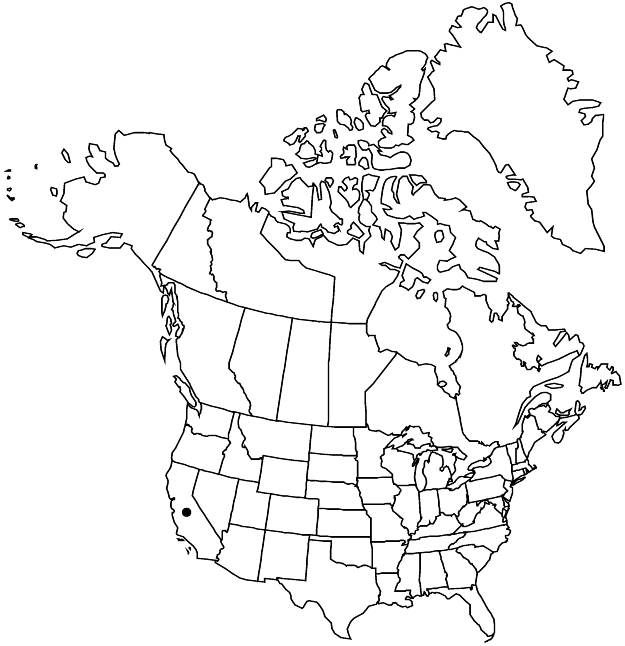Difference between revisions of "Muehlenbeckia hastulata var. hastulata"
FNA>Volume Importer |
FNA>Volume Importer |
Revision as of 22:31, 16 December 2019
Plants (0.5–)1–3 cm. Stems suberect to scandent or climbing, angular, striate, diffusely branched, glabrous, sometimes papillose, distal branches usually glabrous. Leaves: ocrea mostly persistent, brownish hyaline, cylindric, 3–5 mm, margins truncate to rounded, eciliate, faces glabrous; petiole (3–)6–12(–17) mm, glabrous; blade triangular-lanceolate, (2–)2.5–4(–5.5) × (0.8–)1.2–2.5(–3) cm, subcoriaceous, base hastate, margins entire or irregularly wavy, glabrous or scabrous, apex acute, glabrous adaxially and abaxially, sometimes papillose abaxially, minutely punctate abaxially and adaxially. Inflorescences terminal and axillary, 3–5(–8) cm. Pedicels ascending to spreading, 1.5–2 mm. Flowers 1(–3) per ocreate fascicle; perianth white, greenish white, or greenish; tepals connate ca. 1/4 their length, lanceolate-ovate to obovate, 2–3 mm, apex rounded to acute. Staminate flowers: anthers yellow or pink, ovate. Pistillate flowers: tube reddish purple to black in fruit. Achenes usually included, black, subglobose, 3–4 × 2.5–3.5 mm, shiny, smooth.
Phenology: Flowering Jul–Aug.
Habitat: Sunny, disturbed sites, often in urban areas
Elevation: 0-500 m
Distribution

Calif., South America (Argentina, Chile).
Discussion
Variety hastulata is cultivated as an ornamental. It escapes rarely in the flora area and can be invasive.
Selected References
None.